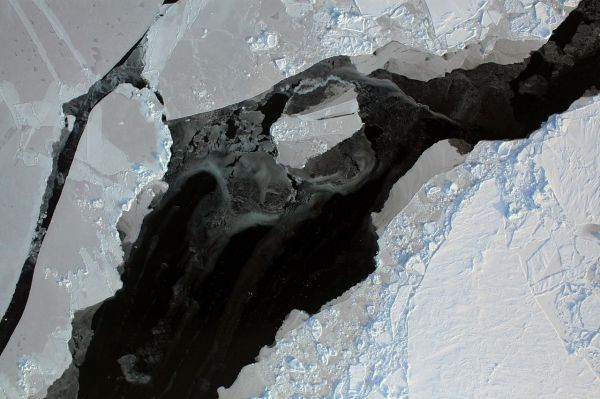In the wintertime Arctic, cracks in the ice called “leads” expose the warm ocean directly to the cold air, with some leads only a few meters wide and some kilometers wide. They play a critical role in the Arctic surface energy balance. If we want to know how much the ice is going to grow in winter, we need to understand the impacts of leads.
The extreme contrast in temperature between the warm ocean and the cold air creates a flow of heat and moisture from the ocean to the atmosphere. This flow provides a lead with its own weather system which creates low-level clouds. The prevailing view has been that more leads are associated with more low-level clouds during winter. But University of Utah atmospheric scientists noticed something strange in their study of these leads: when lead occurrence was greater, there were fewer, not more clouds.
Continue reading at University of Utah
Image via University of Utah


